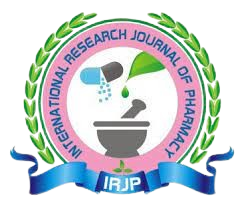PHYTOCHEMICAL AND PHARMACOLOGICAL PROFILE OF AVERRHOA CARAMBOLA LINN: AN OVERVIEW
Keywords:
Averrhoa carambola, Oxalidaceae, Phytochemical constituents, Pharmacological activitiesAbstract
Herbal medicines and their application have always been the basis for man’s curiosity from the time immemorial. Averrhoa carambola Linn, commonly known as Kamrakh or Golden Star, is undoubtedly one of the most unique creations of nature grown widely in the tropics and the warmer areas of subtropics. Averrhoa carambola is reported to contain mainly saponins, flavonoids, tannins and alkaloids. It is used as a well known remedy for the treatment of a number of manifestations in Ayurvedic as well as folklore systems of medicine. In Ayurveda, Averrhoa carambola finds use as an anti-helminth, anti-malarial, antipyretic, digestive tonic, febrifuge, antiscorbutic and antidote for poison. It is considered as one of the best Indian cooling medicines. These properties are believed to be mediated by different phytochemicals found in the plant, acting singly or in concert. A relatively large number of scientific publications on Averrhoa carambola have been published in recent years, including a number of research articles. The goal of this review is to provide an updated categorization of the phytochemical constituents along with the comprehensive list of known ethno-botanical uses, common names and a brief summary of relevant pharmacological activities of this plant.








